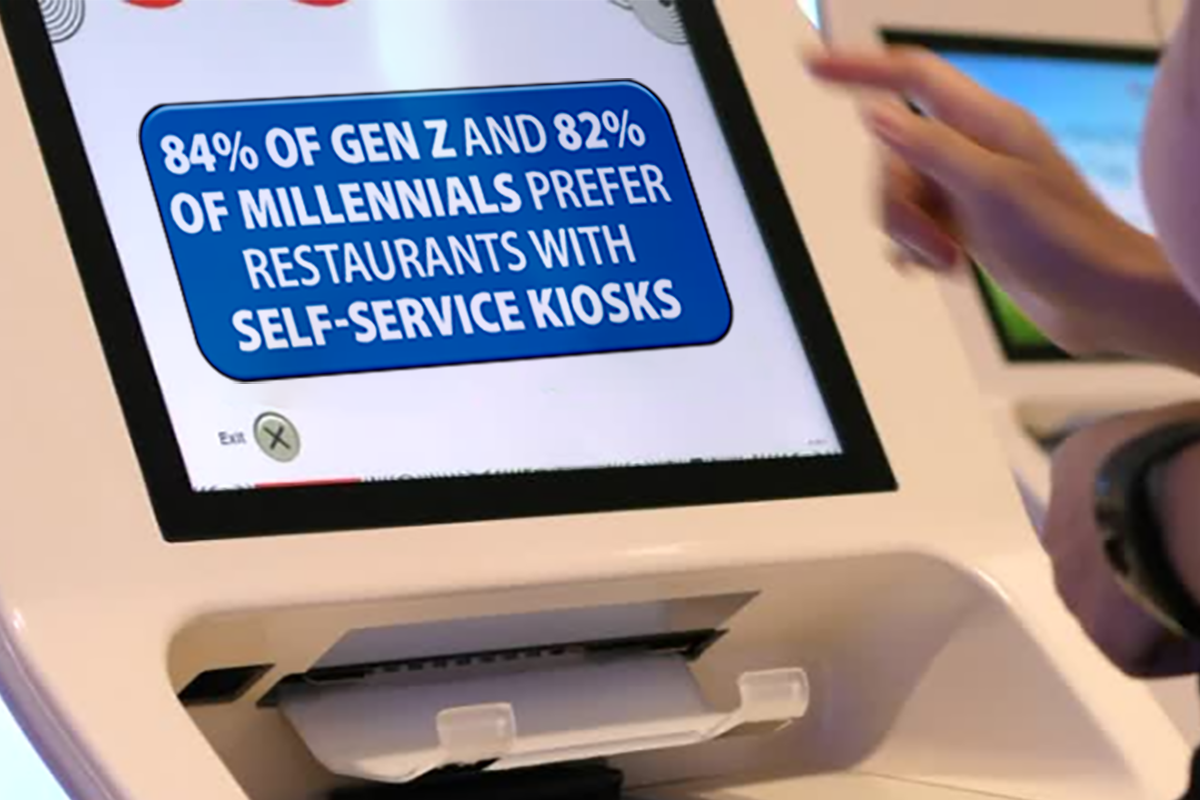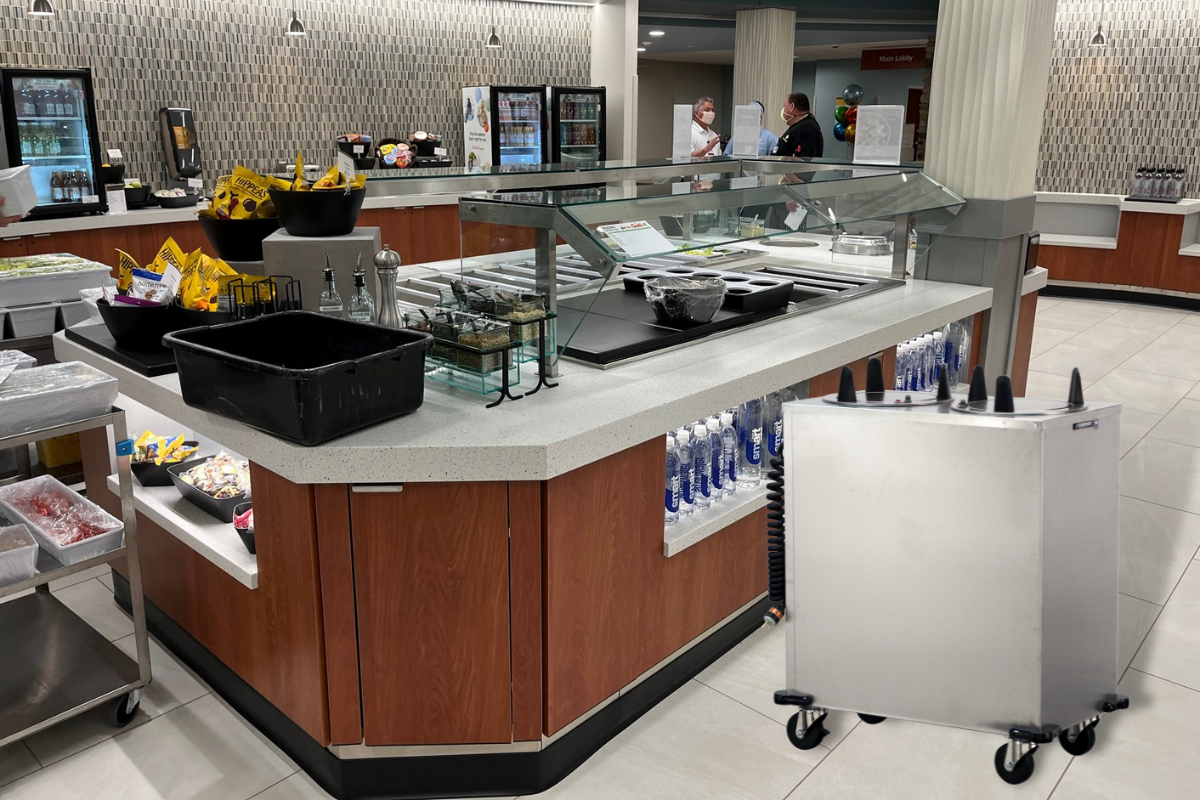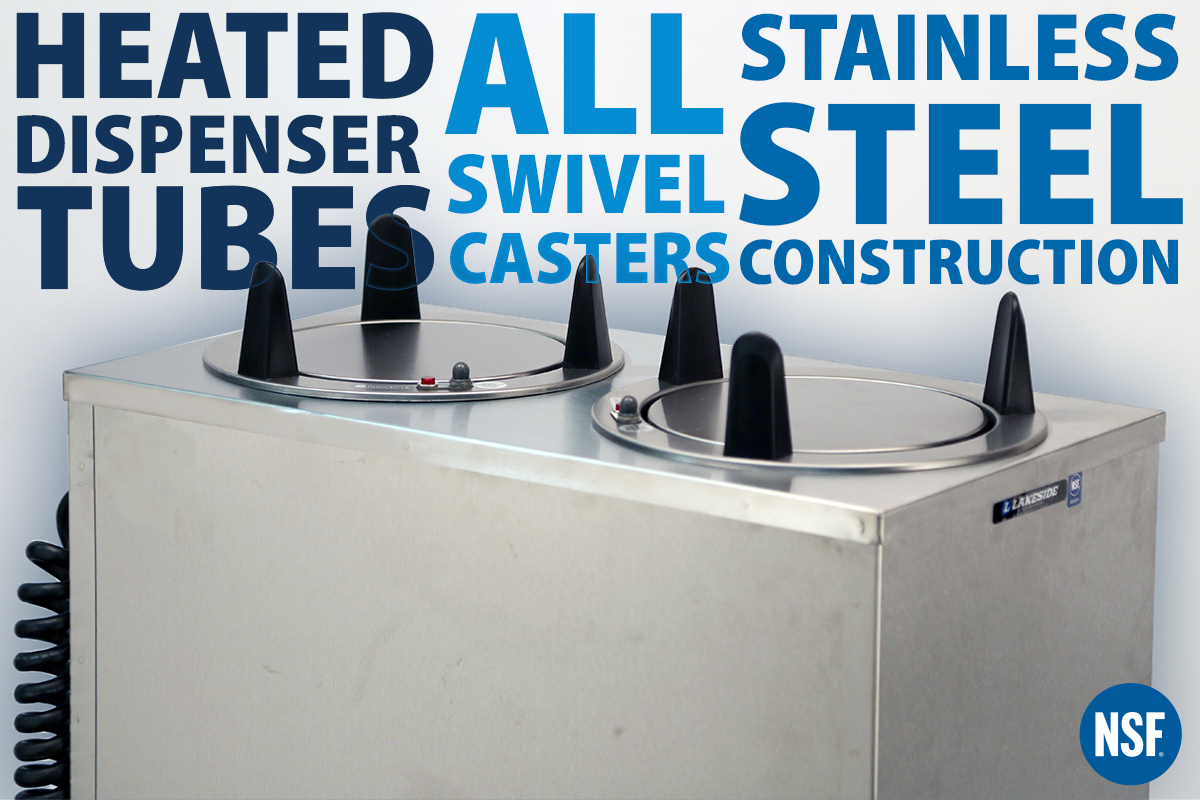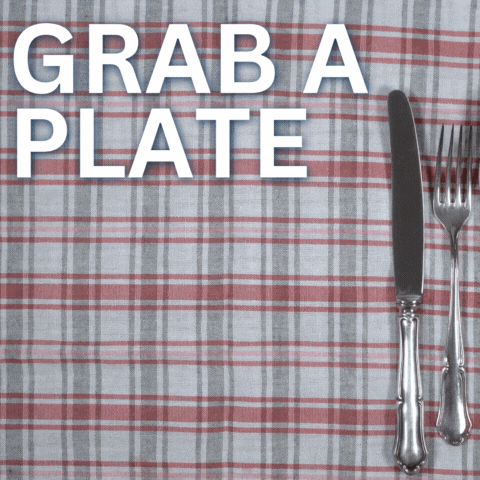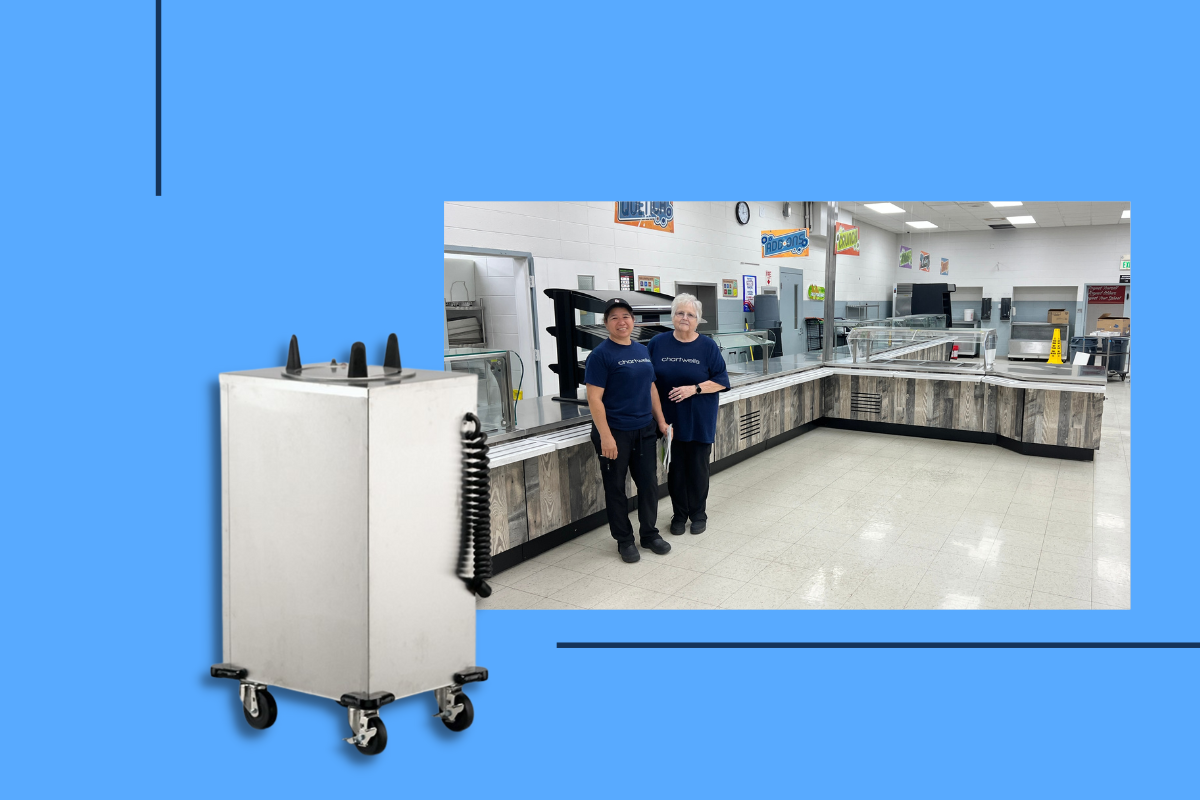
The Rising Growth of Self-Service…
The game is changing in foodservice as it’s been recently reported that over 84 percent of Generation Z and 82 percent of Millennials prefer to visit restaurants with self-serve kiosks. But how can this be? Whatever happened to the days when people went to diners strictly for the comradery of receiving quality service from restaurant staff? Sadly, those days look to be coming to an end as today’s generations prefer a more quick and streamlined experience. Let’s quickly break down why both Generation Z and Millennials prefer to serve themselves instead of getting served…
Easier Access to Menus: 63% find it simpler to use a digital menu on a self-serve kiosk compared to a traditional menu board.
Faster Ordering: 83% report quicker service and a faster way to pay compared to speaking to a cashier.
Less Pressure to Choose: 61% feel less pressure to choose what to order compared to having to order on the spot.
So what does this say about the current state of self-service several foodservice segments such as hospitality, K12, and C/U? It shows that the lives of Gen Zers and Millennials are so entangled with digital technology that it’s shaping how they choose to operate in their lives. This is demonstrated in the self-serve kiosk study above as both generations prefer to take their time browsing new products like they would with content on social media platforms such as Tik Tok, Instagram, and YouTube.
That brings us to the million dollar question. How can foodservice operators enhance both accessibility and create comfort when it comes to serving these generations? It involves the following: More space, more options, and more strategic design. Let’s dig into how these can be achieved. Ready? Let’s go!
Enhancing Accessibility and Creating Comfort
More is more? Is that a mindset that foodservice operators in K12 and C/U should have? When your customers consist of Millennials and Generation Z then yes, it is. When it comes to best serving these demographics as a foodservice operator, having multiple cases of the same items throughout a high traffic environment is encouraged. This not only minimizes traffic jams at grab and go stations, but creates a wide array of accessibility that these generations prefer. In return, a sense of comfort is created as students will feel empowered by helping themselves to what they want.
In order for a buffet in a student dining hall to truly be seamless, an organized layout is key. Foodservice directors may begin this process by asking themselves questions such as: How many drink dispensers do we need? Where will the plate dispensers go? What will create the smoothest experience throughout a buffet line? Now, that last question is often crucial for many C/U foodservice directors as lines usually get backed up when students come back up to grab a forgotten item. How is this crucial in creating a faster experience for Gen Z students?
One way foodservice directors can solve this issue is by making sure condiments and beverages are located at the end of the buffet line. This very same strategy can be applied across other foodservice segments such as hospitality. For example, a foodservice operator who runs a self-serve coffee shop may have multiple counters extended onto the dispenser station. They may also have several coffee dispensing stations throughout a specific area. This creates accessibility, comfort, and speed not only for those who forgot a straw or packet of sugar, but for those wanting to quickly get a cup of warm java.
The Tools to Increase Revenue
Having the proper tools to successfully deliver results to those who prefer self-service is critical for any foodservice operator. However, a good place for foodservice operators (especially those in K12, C/U, hospitality, and long-term care) to start is by investing in mobile spring loaded plate dispensers. How so? Mobile dish carts add flexibility to both the front and back-of-the-house as well as catered and off-site events. Let’s break down three Lakeside Mobile Plate Dispensers that can take the self-service of a foodservice operation to the next level!
Lakeside 6210 Mobile Plate Dispenser
- Heated thermostatic controls that range from 100°F to 175°F.
- Two dispenser tubes that hold two stacks of 9 ¼ to 10 ⅛ inch plates.
- Adjustable spring tension that doesn’t require tools.
- NSF listed.
Lakeside 6209 Mobile Plate Dispenser
- Two heated dispenser tubes that hold two stacks of 8 ¼ to 9 ⅛ inch plates.
- Smooth all-swivel casters (2 ea. with brake) allow foodservice operators flexibility during transport.
- Stainless steel construction is easy to clean and sanitize after a day's use.
- NSF listed.
Lakeside 6109 Mobile Plate Dispenser
- Compact and heated single tube that holds one stack of 8 ¼ to 9 ⅛ inch plates.
- Equipped with bottom corners to protect furniture, serving counters, and doors.
- All-swivel casters (2 ea. with brake) hold 8 ¼ to 9 ⅛ inch plates.
- NSF listed.
Lakeside also offers versatile Adjust-A-Fit® plate dispensers that allow operators to use a single plate dispensing unit for dinnerware that ranges in various shapes and sizes. To discover more, click ‘See Now’.
Dispensing and Beyond
Dish carts offer an excellent way for foodservice operations to provide a quick, fast, safe, and even hygienic service for the needs of Generation Z and Millennials alike, increasing the potential for increased revenue through improved customer comfort and selection. In both K12 and C/U schools, heated plate dispensers facilitate improved service to allow students to access their meals quickly and easily, so they can return to classes or other activities.
Furthermore, due to the efficiency and cost-effectiveness of spring loaded plate dispensers, there is no need to put pressure on budgets or health codes. All things considered, it’s clear that when foodservice operators invest in high quality plate dispensers, revenue-generating potential is improved while busy staff members will have an easier time assisting in the self-service of many hungry customers each day. So go ahead and help a foodservice operator reap these perks and more by clicking ‘Grab a Plate’ below to experience the difference plate dispensers make!

